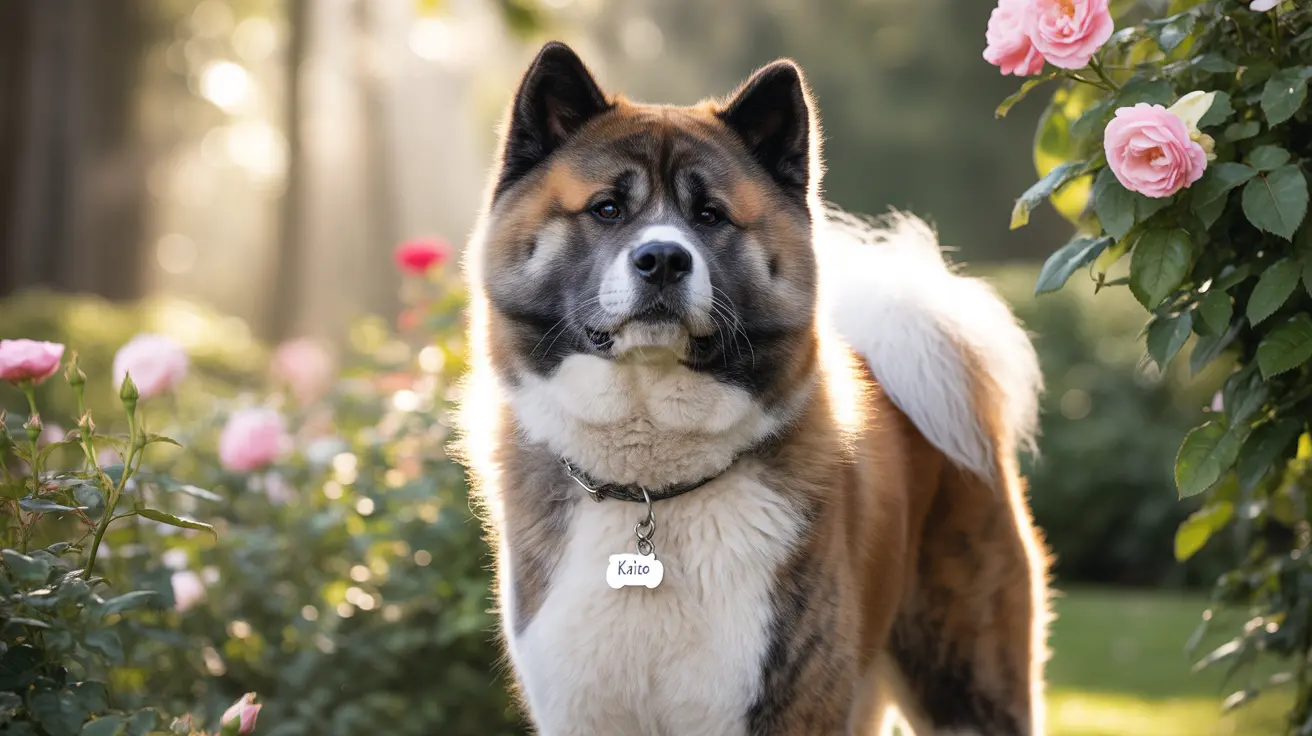Akitas are magnificent dogs known for their loyalty, strength, and striking appearance. Understanding the different types of Akitas can help potential owners and enthusiasts make informed decisions about these noble breeds. This comprehensive guide explores the distinct characteristics of both Japanese Akita Inu and American Akita varieties, their unique traits, and what makes each special.
Japanese Akita Inu vs. American Akita
The Japanese Akita Inu and American Akita represent two distinct branches of the Akita family tree. The Japanese variety features a fox-like face, more refined features, and a more limited color palette. These dogs typically weigh between 70-85 pounds for males and 55-70 pounds for females. Their American cousins are notably larger, with a bear-like head and broader color variety, with males weighing 100-130 pounds and females 70-100 pounds.
Physical Characteristics and Standards
Size and Structure
Both types of Akitas are powerful, muscular dogs with thick double coats. The Japanese Akita Inu tends to be more compact and agile, while the American Akita presents a more substantial, imposing figure. Both varieties feature the characteristic curled tail, erect ears, and dignified bearing that make Akitas instantly recognizable.
Coat Colors and Patterns
The Japanese Akita Inu comes in a limited range of officially recognized colors:
- Red (the most common)
- White
- Brindle
- Sesame (rare)
American Akitas display a wider variety of colors and patterns:
- All colors above, plus:
- Black
- Pinto
- Silver
- Various combinations with masks and overlays
Temperament and Personality
Despite their physical differences, both types of Akitas share similar temperament traits. They are:
- Fiercely loyal to their families
- Naturally protective
- Independent thinkers
- Dignified and calm
- Reserved with strangers
Care and Maintenance
Both varieties require similar care, including:
- Regular exercise (1-2 hours daily)
- Consistent training from an early age
- Thorough socialization
- Regular grooming, especially during shedding seasons
- High-quality nutrition suitable for large breeds
Choosing Between Japanese and American Akitas
When deciding between the two types, consider:
- Size preferences and living space
- Desired appearance and color options
- Local breed availability
- Intended purpose (companion, show, or working dog)
- Regional climate and lifestyle compatibility
Frequently Asked Questions
What are the main differences between Japanese Akita Inu and American Akita?
The main differences lie in size, appearance, and color variety. Japanese Akitas are smaller, more fox-like in appearance, and come in fewer color variations. American Akitas are larger, bear-like, and available in more colors and patterns.
Which Akita coat colors and patterns are recognized in Japanese versus American Akita breed standards?
Japanese Akita Inus are recognized in red, white, brindle, and sesame. American Akitas can come in any color including pinto, black, and various patterns with masks and overlays.
How common are long-coated Akitas and how do they differ in care from standard Akitas?
Long-coated Akitas are relatively rare and result from a recessive gene. They require more frequent grooming and maintenance than standard-coated Akitas and are not recognized in show rings.
What are the rarest Akita coat colors, and are they accepted in dog shows?
Sesame is among the rarest colors, especially in proper form. In Japanese shows, only red, white, and brindle are typically accepted. American shows allow more color varieties, but rare colors should come from reputable breeders focusing on health over color.
How does the Akita's double coat affect grooming and seasonal shedding needs?
The double coat sheds heavily twice yearly ("blowing coat"), requiring daily brushing during these periods. Regular weekly brushing is needed year-round to maintain coat health and manage normal shedding.
Conclusion
Whether choosing a Japanese Akita Inu or American Akita, understanding these distinct types helps ensure a good match between dog and owner. Both varieties offer unwavering loyalty, impressive strength, and dignified companionship, making them exceptional choices for dedicated dog owners ready for the commitment these magnificent breeds require.






